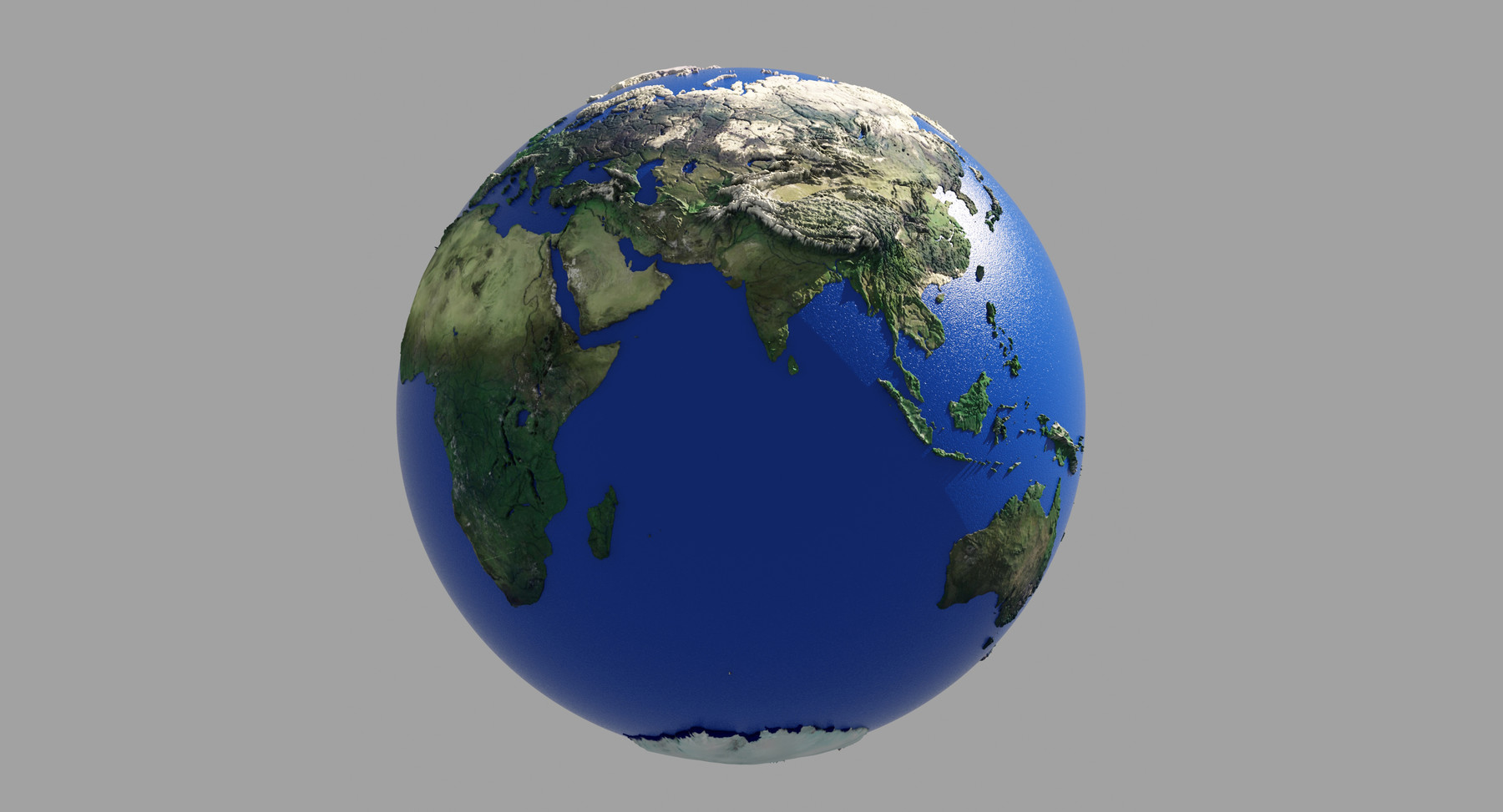
Semantic 3D city models, hence, are virtual models of the physical urban environment, i.e. It was shown that most of the applications do not just need data about the 3D geometry and graphical characteristics, but also require semantic information like object types, thematic attributes as well as spatial and semantic interrelationships. present a systematic overview about the different application fields and their respective requirements on the 3D city models. Virtual 3D city models are used today for a wide range of applications like urban planning, environmental and training simulations, navigation, disaster management, energy assessment, and many more. Moreover, the utilization of 3DCityDB in different projects and practical application fields are also presented in this paper. Within this paper, the software suite is illustrated and explained in detail with respect to the related technical implementations and the underlying conceptual software design. The 3DCityDB software package consists of a database schema for spatially enhanced relational database management systems (ORACLE Spatial or PostgreSQL/PostGIS) with a set of database procedures and software tools allowing to import, manage, analyze, visualize, and export virtual 3D city models according to the CityGML standard. 3DCityDB has been developed as an Open Source and platform-independent software suite to facilitate the development and deployment of 3D city model applications. The ‘3D City Database’ (3DCityDB) is a free 3D geo-database solution for CityGML-based 3D city models. Hence, there has been strong demand for an open and comprehensive software solution that can provide full support of the aforementioned functionalities. Due to the large size and complexity of the sometimes country-wide 3D geospatial data, the GIS software vendors and service providers face many challenges when building 3D spatial data infrastructures for realizing the efficient storage, analysis, management, interaction, and visualization of the 3D city models based on the CityGML standard. 3D city models, which are structured according to CityGML, are often used for various complex GIS simulation and analysis tasks, which go far beyond pure 3D visualization. CityGML is an open data model and XML-based data exchange format describing the most relevant urban and landscape objects along with their spatial and non-spatial attributes, relations, and their complex hierarchical structures in five levels of detail. Users can add their 3-D model to collections, and share it with friends and colleagues through Web communities.Over the last decade, more and more cities and even countries worldwide are creating semantic 3D city models of their physical environment based on the international CityGML standard issued by the Open Geospatial Consortium (OGC). Users can upload their 3-D models to Virtual Earth, specifying an address or neighborhood so they can experience the model within a real-life context.

With just a few clicks, users can easily design a 3-D model of their house, favorite building or any structure, then select from different visualization options, textures and colors to give their 3-D model a style of its own. Virtual Earth -3DVIA allows anyone to do the following with their ideas:Ĭreate. Virtual Earth - 3DVIA application was designed to bring your ideas to life in 3D! The Virtools product line is part of 3DVIA.

Once perfected in the virtual world, these can be delivered in the physical world. It establishes 3D as a universal media for consumer and professional communities, and allows anyone to imagine, play, and experience products and services used in our daily lives. 3DVIA is Dassault Systèmes' brand for online 3D lifelike experiences.


 0 kommentar(er)
0 kommentar(er)
